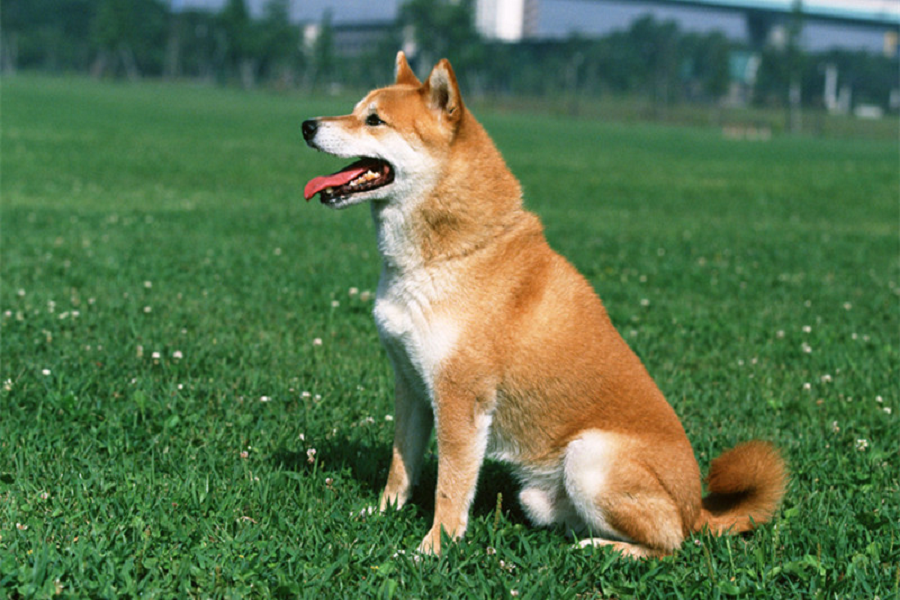Proper nutrition is an important part of caring for puppies and adult dogs. Most owners know that puppies need specially prepared foods for growth and development. However, many owners struggle to determine when is the right time to switch to adult dog food. This is because there are no rules that apply to all dogs. Different dogs grow at different rates. You and your veterinarian can estimate the best time to change your puppy‘s diet. Feeding puppy food puppies need more calories than adult dogs to support their growth, development and high energy levels. Puppies need about twice as many calories as an adult dog of the same size. As your puppy approaches adulthood, his growth begins to slow and his caloric needs decrease. If your dog continues to feed puppy food after it has stopped growing, it can lead to weight gain. Being overweight can quickly turn into obesity, leading to a range of health problems. When to switch to adult foods Generally, dogs are considered puppies until about a year old. However, different varieties age at different rates. For example, many large and giant dog breeds are considered puppies until they are two years old or older and therefore need to continue to eat puppy food beyond one year of age. Conversely, some small dog breeds reach adult size before one year of age. Your veterinarian is the best source of information when it comes to your dog’s diet, so seek advice before turning to adult foods. When deciding the right time to feed an adult dog food, the goal is to switch to an adult dog food before the puppy stops growing but starts to become overweight. Track your puppy’s weight and height and look for numbers that increase at a slower rate. Most dogs will begin to reach a plateau around one year of age, but you may notice a slowdown in growth as early as eight or nine months of age. Assessing Your Dog’s Weight Weight gain does not necessarily mean growth. If your dog is gaining weight but not growing tall or muscular, he may be overweight.
You can address your dog’s physical condition at home in a few steps:
1. Move your hand along your dog’s chest. You should be able to feel the ribs covered in a thin layer of fat. If you can’t feel the ribs easily, your dog may be overweight.
2. Look at your dog from the side. You should be able to see an upward fold in the abdomen. An overweight dog will have little or no ruffles.
3. View your dog from above. There should be some narrowing in the waist just past the ribcage. A straight or bulging line from the ribcage to the rump indicates an overweight dog.
4. Very prominent ribs and a very small waist may mean your dog is underweight. Be sure to visit your veterinarian for a checkup. If your dog is under a year old and appears to be gaining weight, you may need to simply reduce the size or frequency of meals before switching to adult food. Veterinarians recommend feeding puppies 3 times a day. However, most puppies are fine with daily meals as they approach adulthood. How to Change Your Diet Any dietary changes should be made gradually to avoid gastrointestinal upset. This process can take one to two weeks, depending on how you do it. Choosing the right food for an adult dog can take some time and research. Once you’ve selected an adult dog food, determine the amount of adult dog food you will ultimately need to feed based on your dog’s current weight. Then, add a small portion of the adult food to the puppy food, a little more at each meal. To keep things simple, you may want to make a schedule so you don’t try to remember how much to feed each.
Many veterinary professionals recommend a “3 by 3” approach when switching diets: Days 1-3: 1/3 adult food and 2/3 puppy food Days 4-6: 1/2 serving Adult food and 1/2 puppy food Days 7-9: Feed 2/3 adult food and 1/3 puppy food Day 10 and beyond: Feed all adult food Watch your dog during the transition appetite and defecation. If your dog develops diarrhea or vomiting, slow down the transition. If gastrointestinal discomfort persists, you may need to choose a different adult diet and start the transition over. Contact your veterinarian if your dog vomits or has diarrhea for more than a day. Watch your dog’s weight over the next few months to make sure you don’t need to adjust part of the time. Also, be sure to follow your veterinarian’s recommendation for an annual or biennial veterinary health check.

























